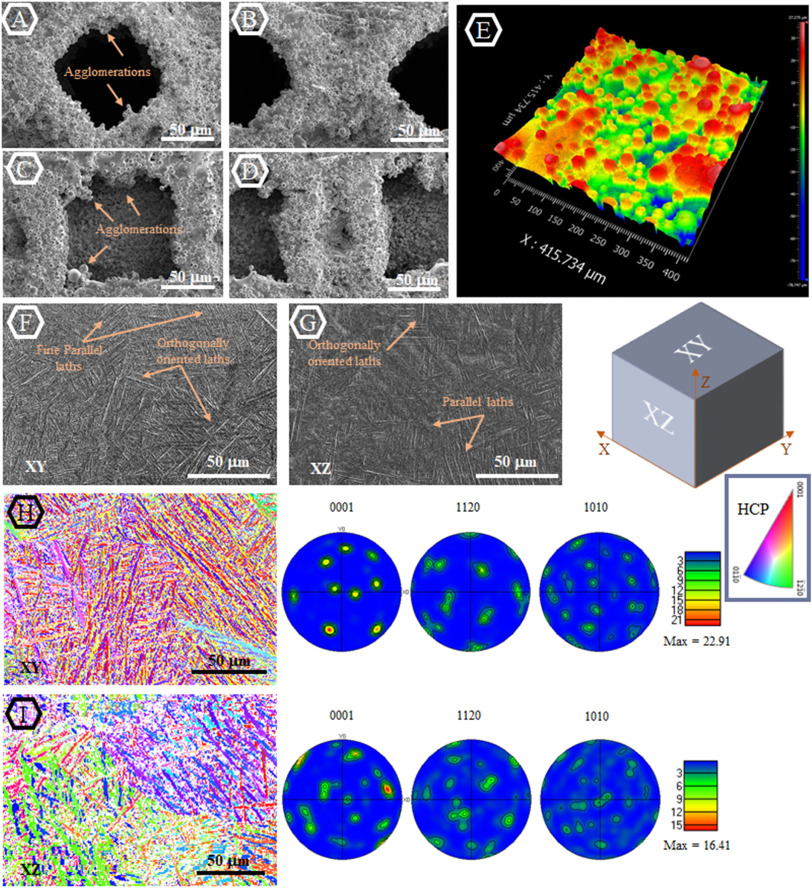Thermo Fisher Scientific › Electron Microscopy › Electron Microscopes › 3D Visualization, Analysis and EM Software › Use Case Gallery
Material synthesis techniques have been historically used to engineer the mechanical and biological properties of biomaterials. Despite the overall success of this approach in different fronts […] there are still major unaddressed challenges due to the limited range of material properties that can be obtained through such synthesis techniques […]. Recent advances in additive manufacturing (AM) have initiated a new paradigm, which could facilitate better control of mechanical and biological properties of materials through topological design at different length scale (macro- to nano- scale). Such materials are commonly referred to as meta-materials (or meta-biomaterials if they are biocompatible for clinical applications).

Additively manufactured (AM) metamaterials with unparallel mechanical and biological properties have been of interest for many biomedical, aerospace, and defense applications. In this study, new findings on the structure-property relationships of a specific class of AM meta-biomaterials based on minimal surfaces which have not been well understood previously (i.e., Primitive and Schoen-IWP (IWP)) are presented.
For each specimen, 16-bit images with the associated scanning information (i.e., dimension of the region of interest along x, y, and z directions) were used as an input in the Avizo software (version 9.4, Amira-Avizo, FEI, Thermo Fisher Scientific, USA). Morphological analysis using the Avizo software included computation of porosity, pore size distribution, pore connectivity, tortuosity, and specific surface area (Areaporous/Volumeporous; [mm−1]), and wall-thickness.
For Research Use Only. Not for use in diagnostic procedures.